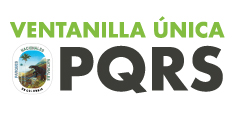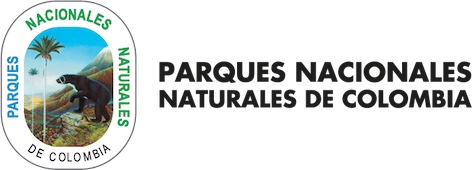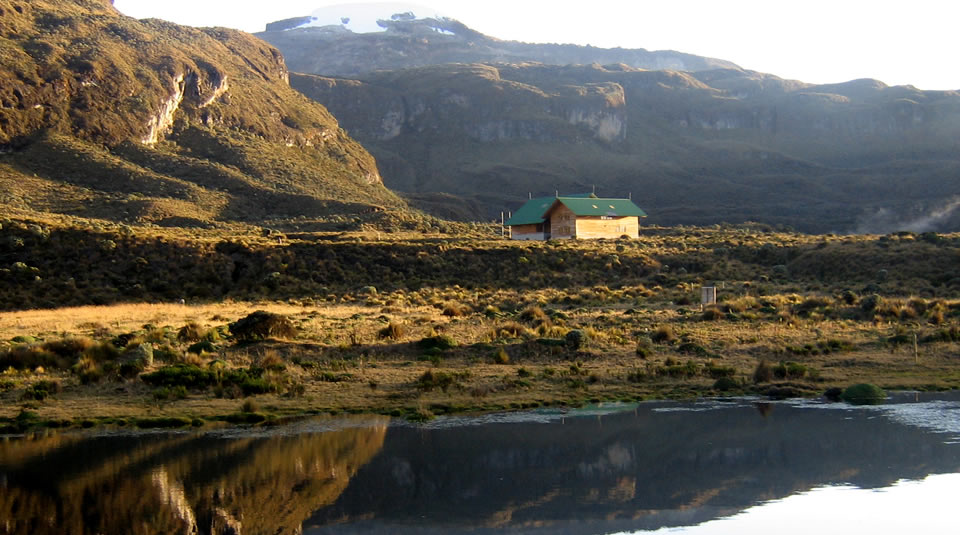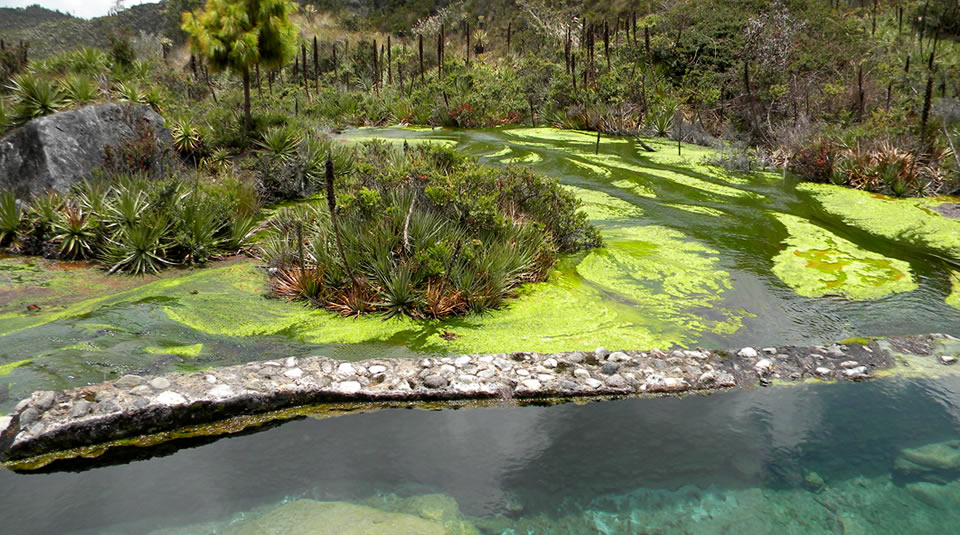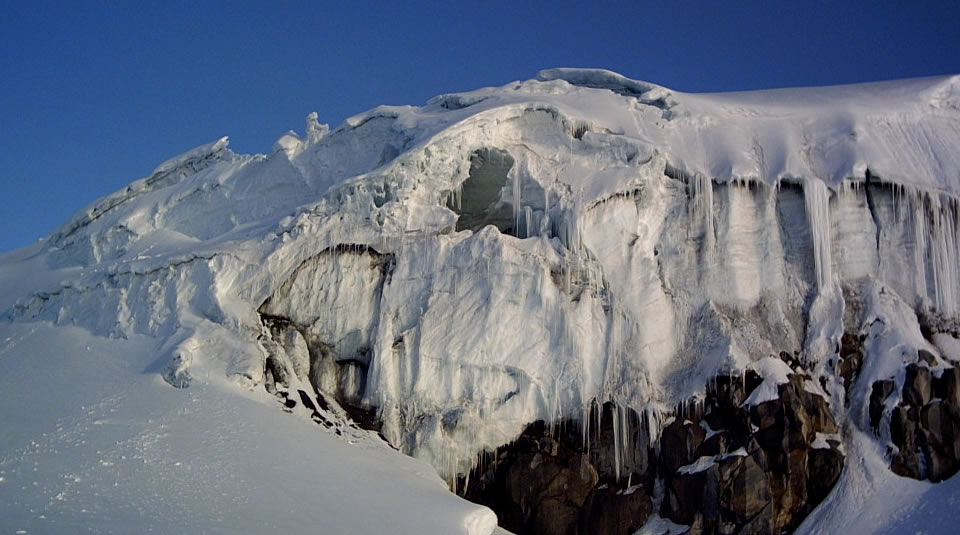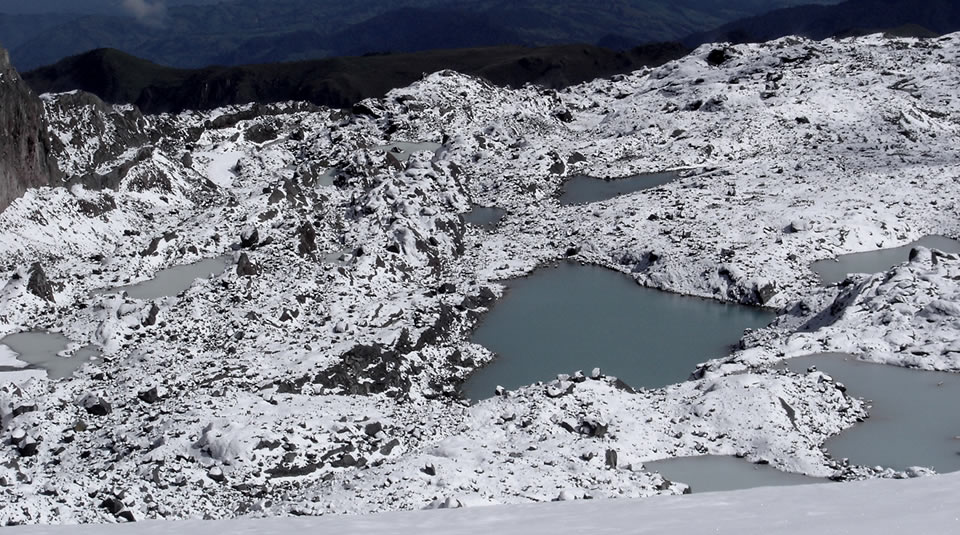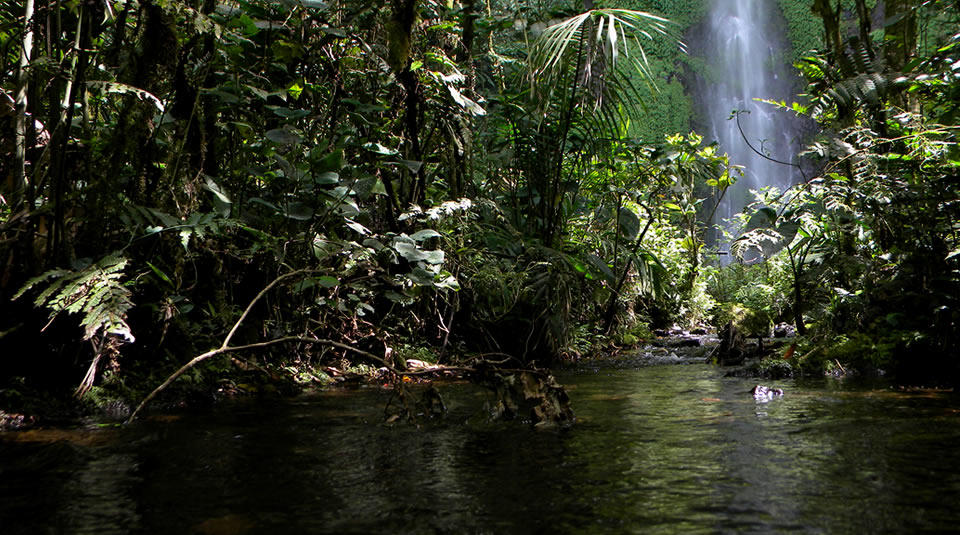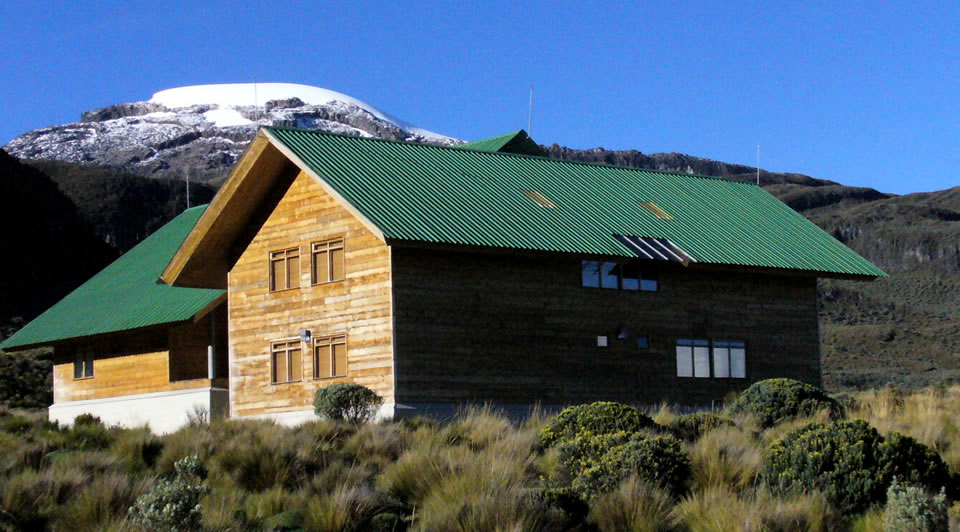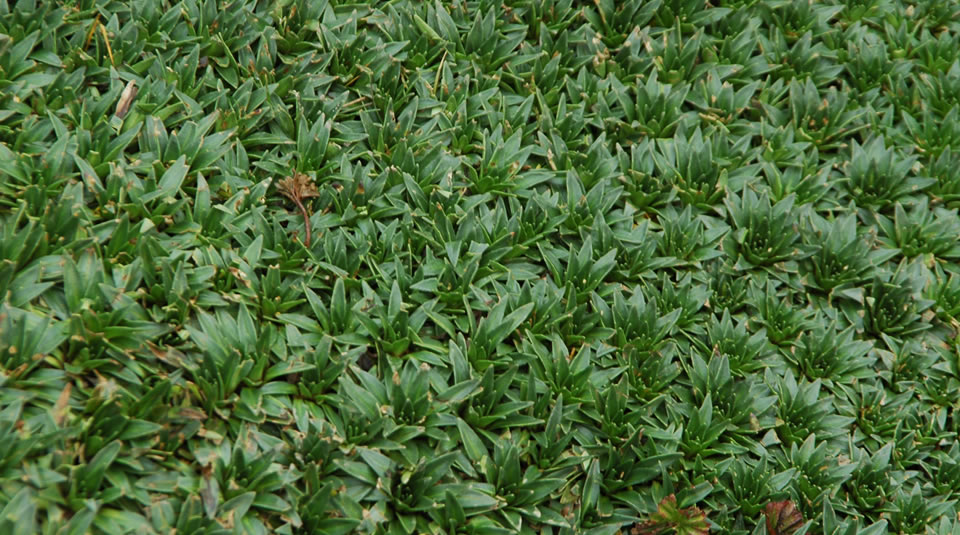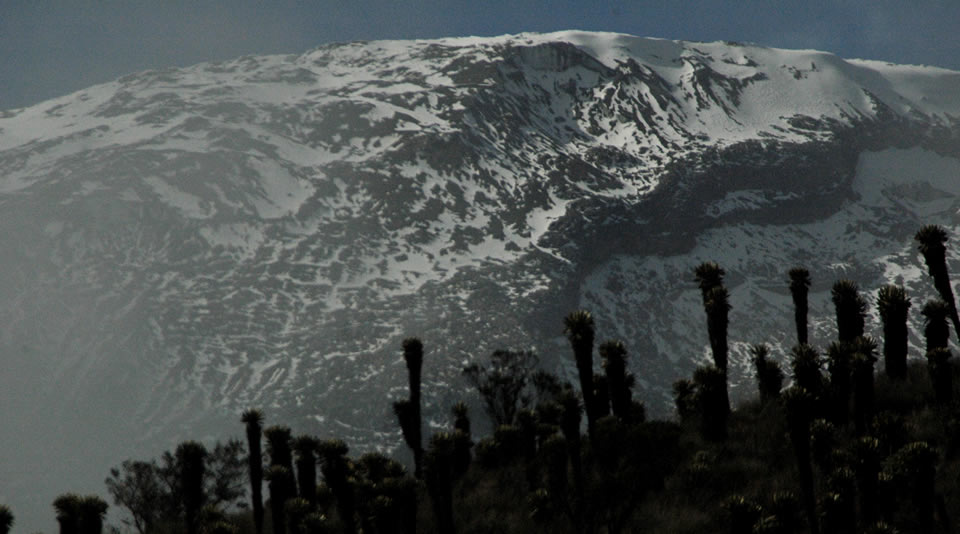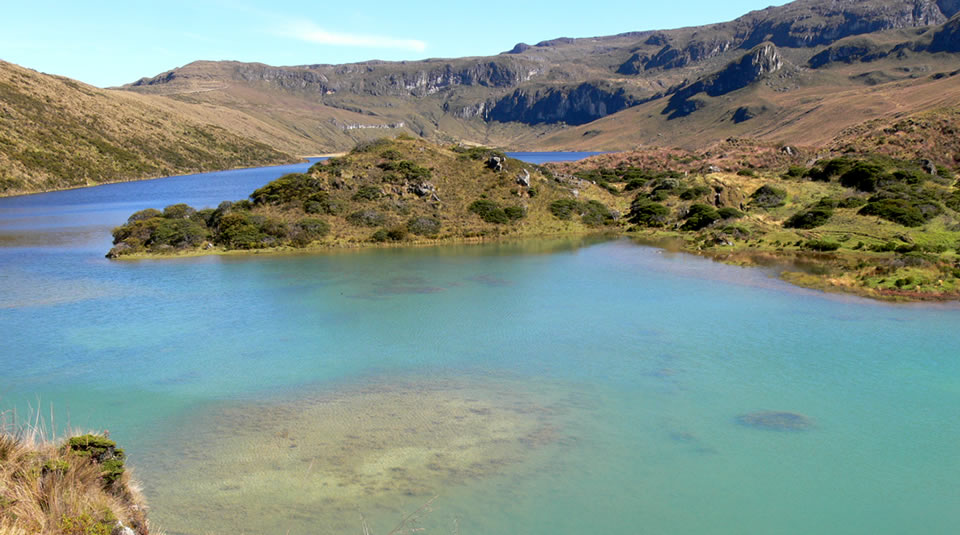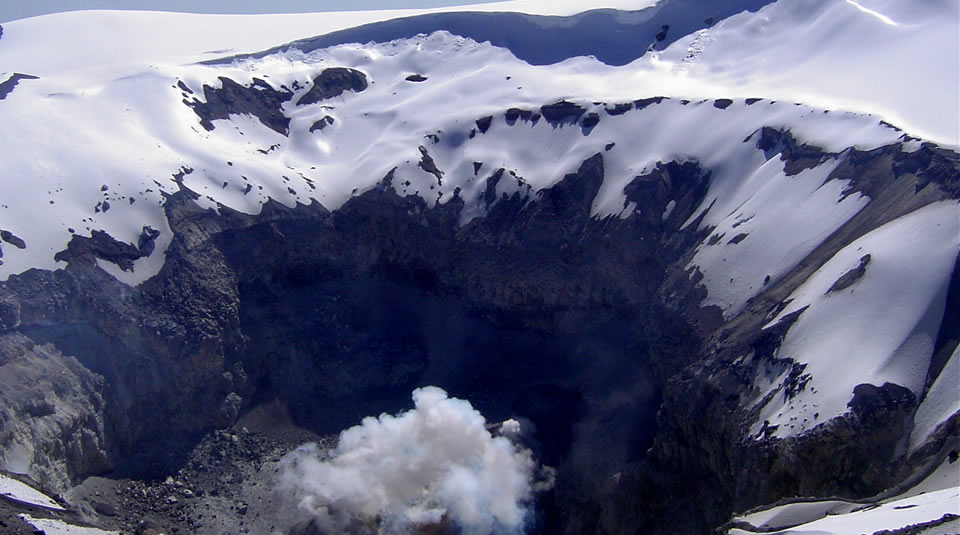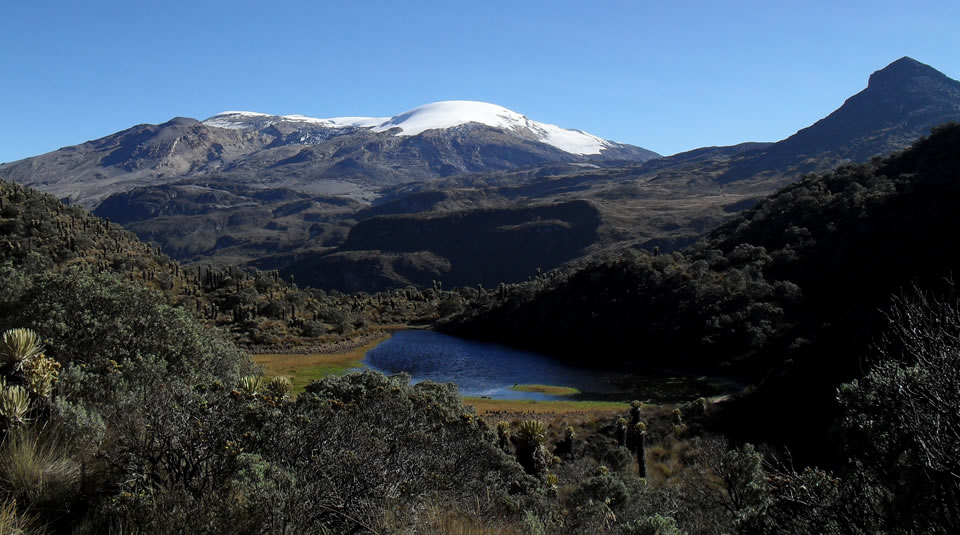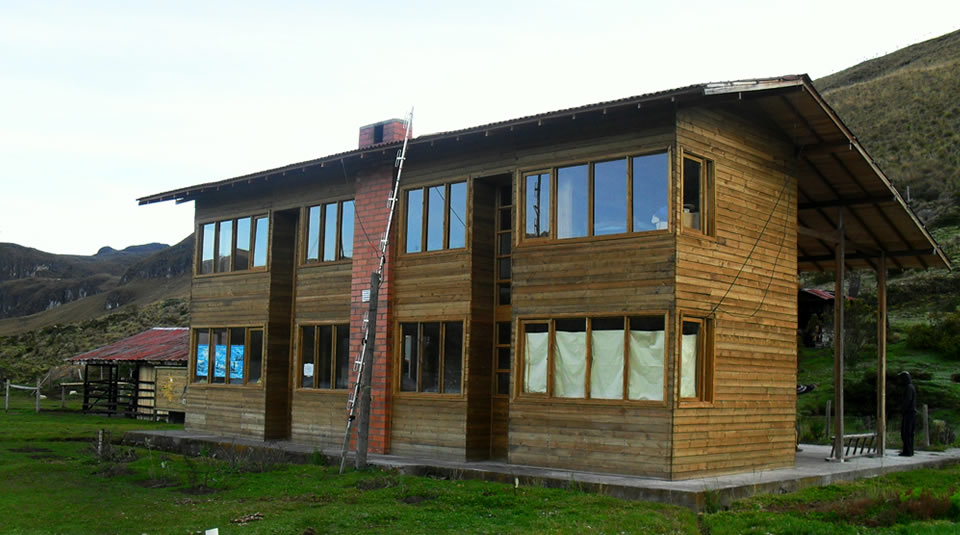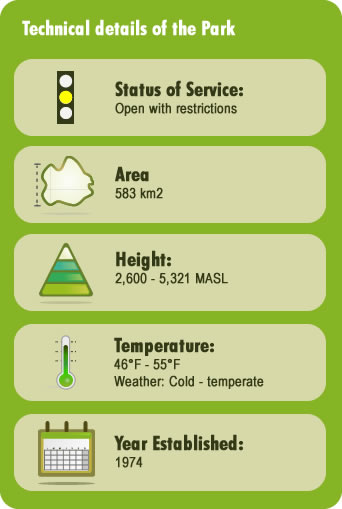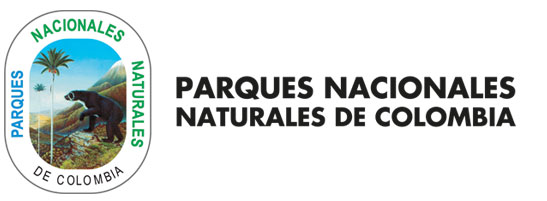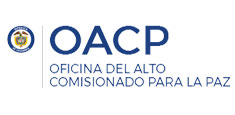State of the Park
Entrance through Brisas sector (northern sector of the Park) is only allowed to Valle de las Tumbas since the Servicio Geológico Colombiano has declared Nevado del Ruiz Volcano’s activity at Yellow Alert Level (level III). We highly recommend visitors consult the state of volcanic activity in the Servicio Geológico Colombiano’s web page before their visit.
General Description
The majestic Los Nevados National Natural Park is located in Colombia’s coffee-growing region, in the northern volcanic complex formed by Nevado del Ruiz (with its La Olleta and La Piraña craters), Nevado de Santa Isabel, Nevado del Tolima, and the paramillos of Cisne, Santa Rosa and Quindío. It was created to contribute to the conservation of ecosystems that are important worldwide such as three of the glaciers left in the country (Nevado del Ruiz, Nevado de Santa Isabel and Nevado del Tolima), super páramo and páramo ecosystems, high Andean wetlands and Andean and high Andean forests. The Park is central in articulating biological connectivity at a regional level, interacting with regional, departmental and local environmental entities such as SIRAP Eje Cafetero, SIDAP Risaralda, SIDAP Quindío, SIDAP Caldas, SIDAP Tolima, SIMAP Murillo, SIMAP Santa Rosa and SIMAP Manizales, among others.
The Park is in the heart of Colombia’s coffee growing region. The rivers that descend from its snow peaks and páramos supply water to the farmlands and aqueducts of cities, towns and villages in the center of the country. The Otún wetland system, located within the Park, was declared an internationally important Ramsar Convention wetland. By conserving the water and biological wealth, in harmony with the communities residing in its zone of influence and its visitors, we can imagine a better future for everyone.
Medical aspects to consider
As you climb high altitudes, the body tries to adapt to the loss of oxygen by increasing heart and respiratory rhythms and production of red blood cells. These changes are necessary to avoid altitude sickness, which can occur in the form of nausea, headache or even edemas. Use of adequate clothes and footwear is necessary for the low temperatures of high altitudes. The sun is more intense because of radiation and the reflection of the snow and it can cause sight problems if the eyes are not protected. Skin exposed to sun and wind can burn rapidly and this must also be prevented.
Measures against altitude sickness
- Drink lots of liquids.
- Use sunglasses with high UV protection.
- Use a good sun protection cream.
- Wear appropriate clothes and footwear for protection against the cold and humidity.
- Take time to acclimatize.
- If you feel sick, descend immediately.
- Ask for help if you need it.
- Climb at your own pace, breathing deeply and resting whenever you need it.
- Do not drink alcohol before or during your visit.
- Do not climb to the glaciers or enter the protected area without proper authorization, necessary equipment and protection gear and the company of an authorized guide specialized in high mountain hiking.
Recommendations for a safe visit
BEFORE
- Due to physical demands and altitude, the climb is not recommended for people with physical disabilities, heart or respiratory problems, pregnant women, children under 5 years old or senior citizens.
- Plan your visit, route and trail ahead of time.
- Make sure you have slept and rested well before the trip and avoid climbing with a hangover.
- Five days before the trip, start eating a high carb diet including guava paste, chocolate, fruits and grains.
- Fees are subject to change without prior notice.
- Pets, motorcycles, quad bikes and buses are prohibited in the protected area.
- Pack appropriate cold weather clothes and waterproof hiking boots, hydrating beverages, fruits, guava paste, nuts, cereal, and other energizing food. Avoid excessive sweets during the hike.
DURING
- Avoid alcoholic beverages and psychoactive substances inside the protected area.
- Keep car windows open during ascent and descent to better acclimatize.
- Wrap up as you start climbing.
- Stop to acclimatize at different altitudes during the route or trail. It is also a good way to observe changes in landscape and wildlife.
- Walk slowly.
- Apply sun protection every two hours.
- Follow recommendations of Park staff and guides authorized by the institution.
CLIC HERE FOR ADDITIONAL INFORMATION FOR VISITORS
Para registrar sus Peticiones, Quejas, Reclamos y Sugerencias, por favor ingrese en el botón que se encuentra a continuación
